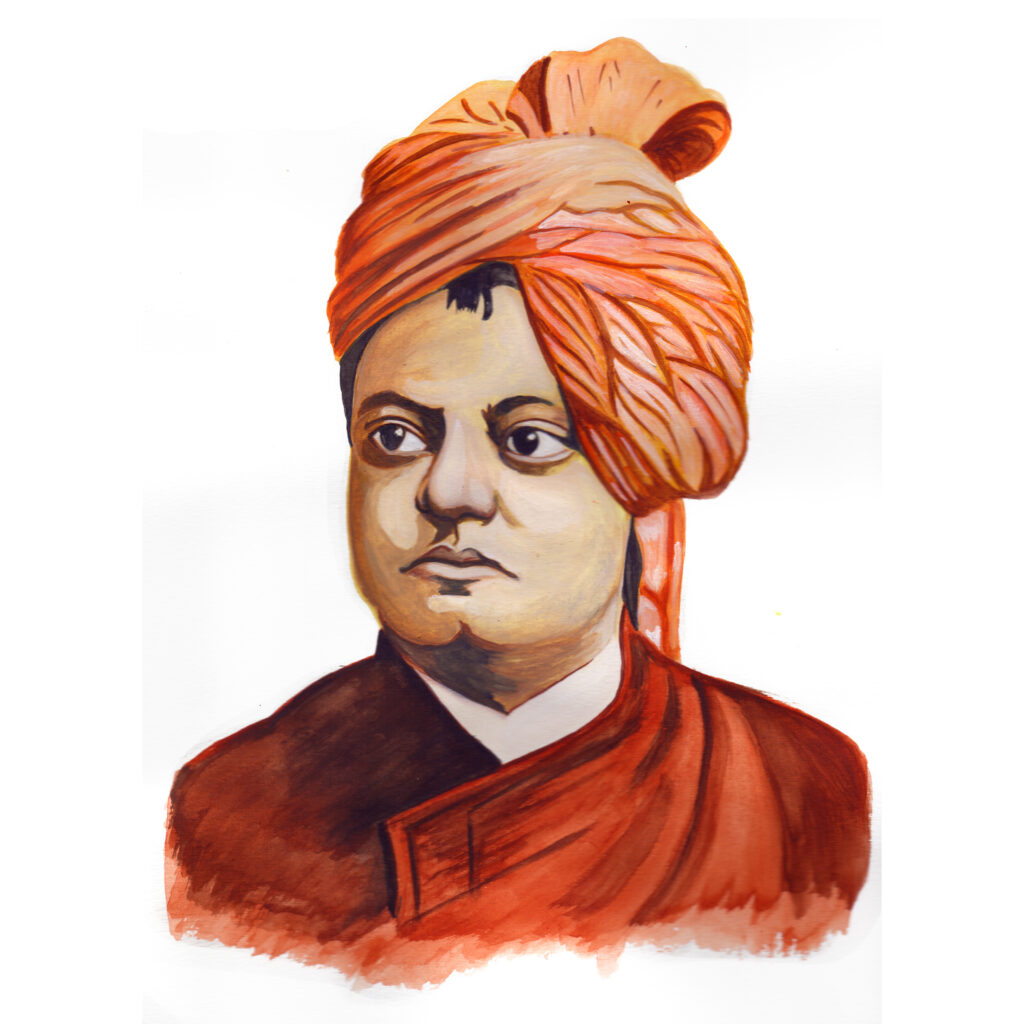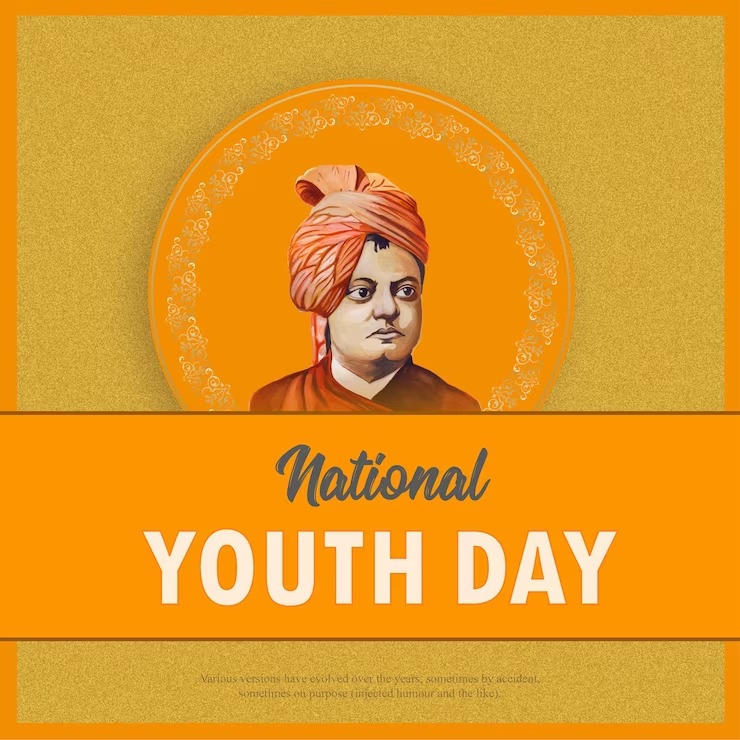Introduction:
In this section, you want to provide a brief overview of Swami Vivekananda’s life and early influences. Mention his birth name (Narendra Nath Datta), birthplace, and the influential figures in his family. Introduce the readers to his multifaceted talents in music, gymnastics, and academics. This sets the stage for a deeper exploration of his spiritual journey.
Spiritual Awakening and Mentorship:
Narrate the spiritual crisis that Swami Vivekananda faced in his youth and how he encountered Sri Ramakrishna. Dive into the transformative impact of Sri Ramakrishna’s teachings and the deep connection between mentor and disciple. Explain how this relationship shaped Swami Vivekananda’s spiritual beliefs and practices.
Overcoming Challenges:
Discuss the challenges Swami Vivekananda faced, such as the sudden death of his father and Sri Ramakrishna’s illness. Emphasize his commitment to supporting his family despite financial difficulties. This section highlights his resilience and dedication to his responsibilities, even in the face of adversity.

Beginnings of a Monastic Brotherhood:
Explore the establishment of the new monastic order under Swami Vivekananda’s leadership. Elaborate on Sri Ramakrishna’s vision for this order and the disciples’ formal vows of sannyasa. Describe the unique aspects of this monastic brotherhood and how it became a significant part of Swami Vivekananda’s mission.
Mission and Vision for India:
Detail Swami Vivekananda’s realization of a greater mission beyond personal spirituality during his travels across India. Discuss the impact of his observations on the poverty and backwardness of the masses. Highlight the birth of the idea to spread both secular and spiritual knowledge for the upliftment of society.
World’s Parliament of Religions:
Explain the decision-making process for Swami Vivekananda to attend the Parliament in Chicago. Provide insights into his speeches at the Parliament and the global recognition he received. Emphasize the importance of this event in spreading the message of Vedanta to the Western world and breaking cultural barriers.

Return to India and National Awakening:
Describe Swami Vivekananda’s return to India and the enthusiastic welcome he received. Highlight his series of lectures nationwide, focusing on religious consciousness, cultural heritage, and social upliftment. Introduce the foundation of the Ramakrishna Mission and explain its unique features.
Contributions to World Culture:
Analyze Swami Vivekananda’s impact on world culture, as acknowledged by historians. Break down his new understanding of religion, his view of man, his principles of morality, and his role in bridging East-West cultures. Illustrate how his teachings have influenced global perspectives on spirituality, ethics, and cultural understanding.
Contributions to India:
Discuss Swami Vivekananda’s role in defining and strengthening India’s cultural unity. Explore his influence on India’s freedom movement leaders and his vision for a self-reliant and spiritually rich India. Elaborate on his unique contribution of opening minds to the duty of serving the oppressed masses.
Contributions to Hinduism:
Examine Swami Vivekananda’s role in giving Hinduism a distinct identity and unifying its diverse sects. Discuss his defense of Hinduism against misconceptions and challenges. Detail his efforts in modernizing monasticism and refurbishing Hindu philosophy with new insights based on his transcendental experiences.
Conclusion:
Summarize Swami Vivekananda’s timeless teachings on divinity, education, strength, and love. Encourage readers to draw inspiration from his life and incorporate his ideals into their journeys. Emphasize the relevance of Swami Vivekananda’s teachings in today’s world, showcasing how his principles can guide individuals in navigating the complexities of modern life.
Sri Ramakrishna and Swami Vivekananda

“Can the yearning heart shed rivers of tears for the Divine? People often weep copious tears for their children, spouses, or wealth. Yet, who sheds tears of longing for God? Imagine a child deeply immersed in its toys, and as long as the little one finds joy in playthings, the mother diligently tends to her chores. However, when the child loses interest in the toys, it discards them and calls out for its mother. In an instant, the mother abandons her cooking, rushes over, and tenderly lifts the child into her arms.”
— Sri Ramakrishna Paramahamsa
(Dakshineshwar 1884)

“I earnestly wish that the bell, echoing through the morning air to commemorate this gathering, might symbolize the end of fanaticism, the cessation of persecutions waged with both sword and pen, and the demise of any unkind sentiments harbored among individuals traversing the common path toward a shared destination.”
— Swami Vivekananda
Envoy of Hinduism
Parliament of Religions
Columbian Exposition, Chicago World Fair
September 11, 1893.